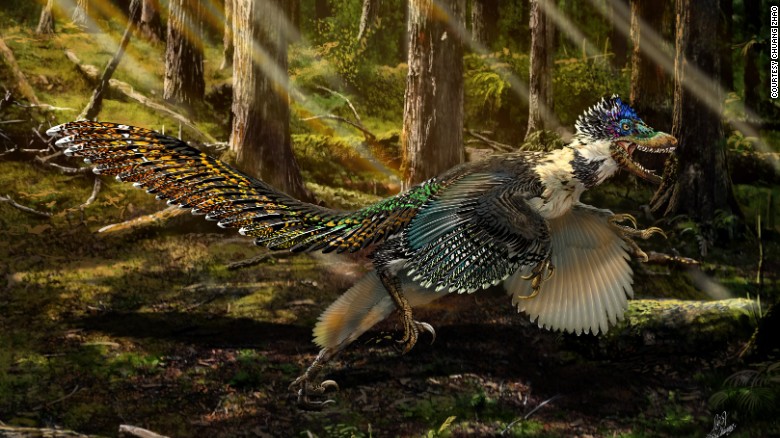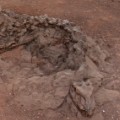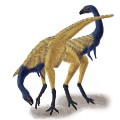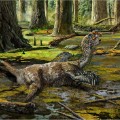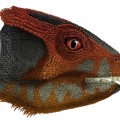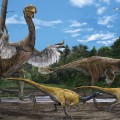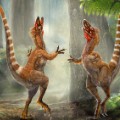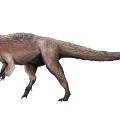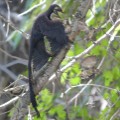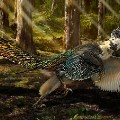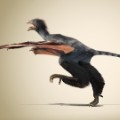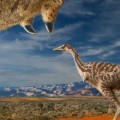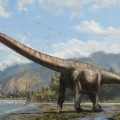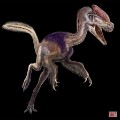Story highlights
- Study suggests many dinosaurs cooed like doves rather than roared like lions
- Scientists say 'close-mouthed vocalizations' common among bird species
(CNN)"Jurassic Park" may have seared the vision of dinosaurs as scary, scaly creatures into many of our minds, but new findings further undermine the terrible lizards' ferocity.
We already know that most dinosaurs were feathered and brightly-colored like birds. According to researchers at the University of Texas, they probably sounded like them too, mumbling or cooing like doves rather than roaring like lions.
"Looking at the distribution of closed-mouth vocalization in birds that are alive today could tell us how dinosaurs vocalized," Chad Eliason, co-author of the study in the journal Evolution, said in a statement.
The researchers examined the evolution of bird calls, and made the connection that -- as birds were descended from dinosaurs -- the ancient creatures likely sounded the same.
"Our results show that closed-mouth vocalization has evolved at least 16 times in archosaurs, a group that includes birds, dinosaurs and crocodiles. Interestingly, only animals with a relatively large body size (about the size of a dove or larger) use closed-mouth vocalization behavior."
The researchers said an ostrich's mating call in a modern example of a large bird's closed-mouth vocalizations (and anyone who thinks these findings make dinosaurs less frightening has obviously never seen an ostrich fight).
Coo coo
Closed-mouth vocalizations are emitted through the skin in the neck area while the beak is kept closed. The typical dove or pigeon's coo is an example of this type of sound.
No direct fossil evidence exists to reveal what dinosaurs sounded like, but the researchers say it is likely many made closed-mouthed vocalizations in a manner similar to birds today, perhaps during mating displays.
"To make any kind of sense of what nonavian dinosaurs sounded like, we need to understand how living birds vocalize," study co-author Julia Clarke said in statement.
"This makes for a very different Jurassic world. Not only were dinosaurs feathered, but they may have had bulging necks and made booming, closed-mouth sounds."



